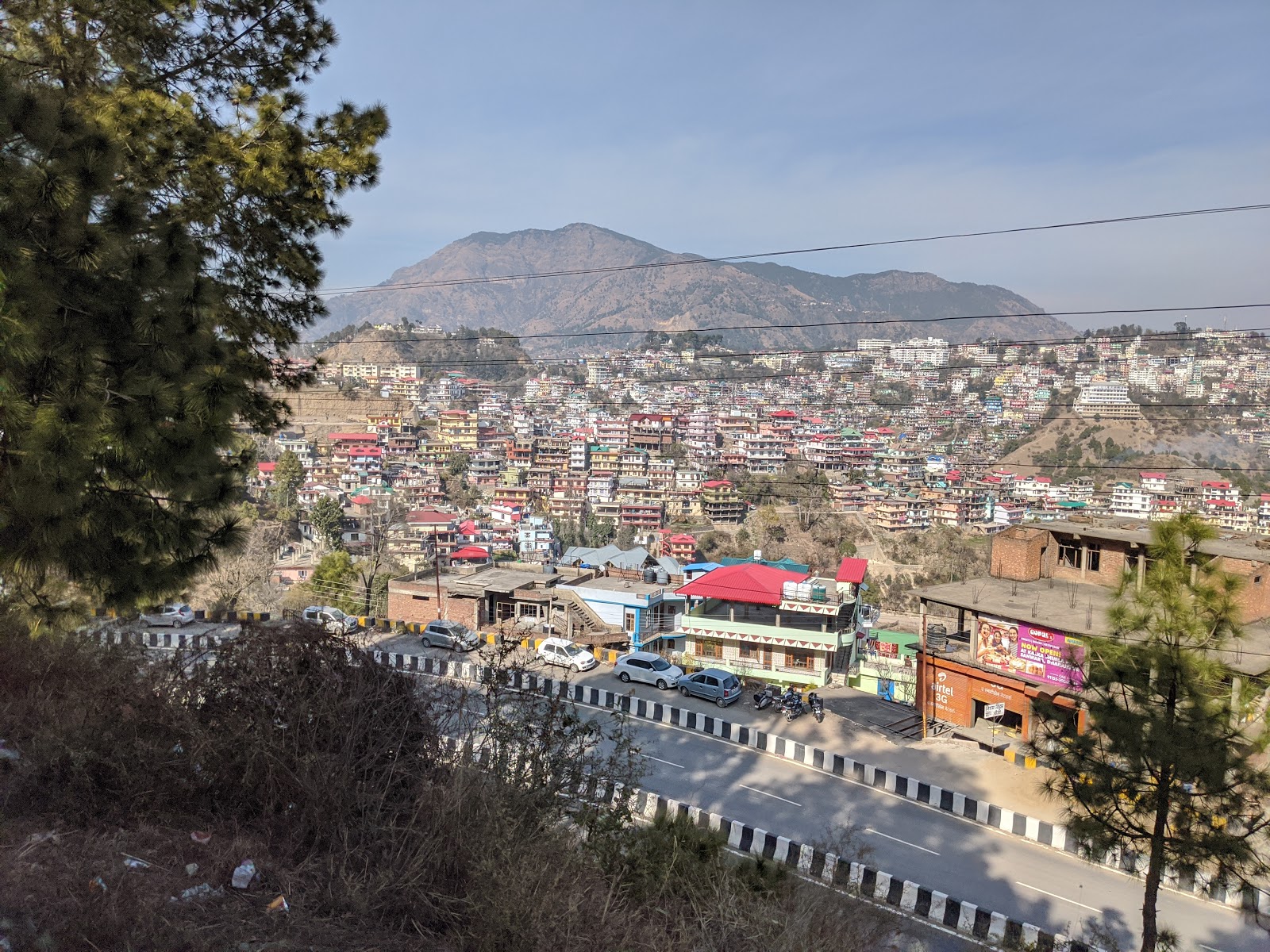
- Bossy, reaching onto the veranda for pellets I dropped.
- Every year the Marloth Park Honorary Rangers conduct a count of all the game in Marloth Park. With 3000 hectares, 7413 acres, this is quite a daunting task for the hard-working Honorary Rangers volunteers. How this is managed is tricky with all the vegetation in which the wildlife can hide.

The game count was conducted yesterday as shown in this report below.


What’s the controversy? Many of the homes in Marloth Park are rented at certain points to tourists. Let’s face it, they, like us, come here to interact with the wildlife, generally around food which brings them back to our gardens, over and over again. Some feel that by feeding them, we are preventing them from foraging for their own food sources in the vegetation.
We understand this fully. But, after spending a total of 19 months in Marloth Park, over the years, we have seen starving and malnourished animals. If we can supplement their diet to keep them healthy, it is nearly impossible for us animal lovers to resist.

Another question that arises, is, what happens when tourists or homeowners leave the property, the animals return and no one is there any longer to feed them? We worried about this very fact when we left the Orange house in 2019 after 15 months of feeding the wildlife. But, these marvelous creatures aren’t dumb, by any means, and they’ll seek out other tourists and homeowners for food, as well as continuing to forage.
Few of the animals in Marloth Park are carnivores or omnivores and hunt other wildlife for food. An example of this is the mongoose, who will kill and eat snakes when they are resistant to the venom, Ironically, on February 22, 2018, we did a story about carnivores, omnivores, and herbivores found in Marloth Park. Please click this link for details. Also, it’s imperative NOT to feed the animals “people food.” They are unable to digest food other than the pellets and appropriate vegetation, and offering them the equivalent of “junk food” can make them sick or even kill them.

It rained in buckets last night and continues to rain today. Storms are brewing in the Indian Ocean and heading this way. Our garden is a muddy mess. We doubt we’ll see much wildlife until this passes. In the meantime, Tom is outside on the veranda and I am indoors in the bedroom, staying cool and comfortable until this bad weather passes.
It was two years ago today that I had open-heart surgery here in Nelspruit, South Africa. Although I still bear some of the lingering effects of this life-changing, life-saving surgery, I am grateful for the medical care I received in helping me come out on the other side. And, of course, I am grateful to my husband Tom, who provided the best possible care, love, and attention possible, along with our many friends in Marloth Park.

Have a great day! Stay safe, wear a mask, wash your hands, and social distance. Let’s put this dreadful pandemic behind us!
Photo from one year ago today, February 12, 2020.

